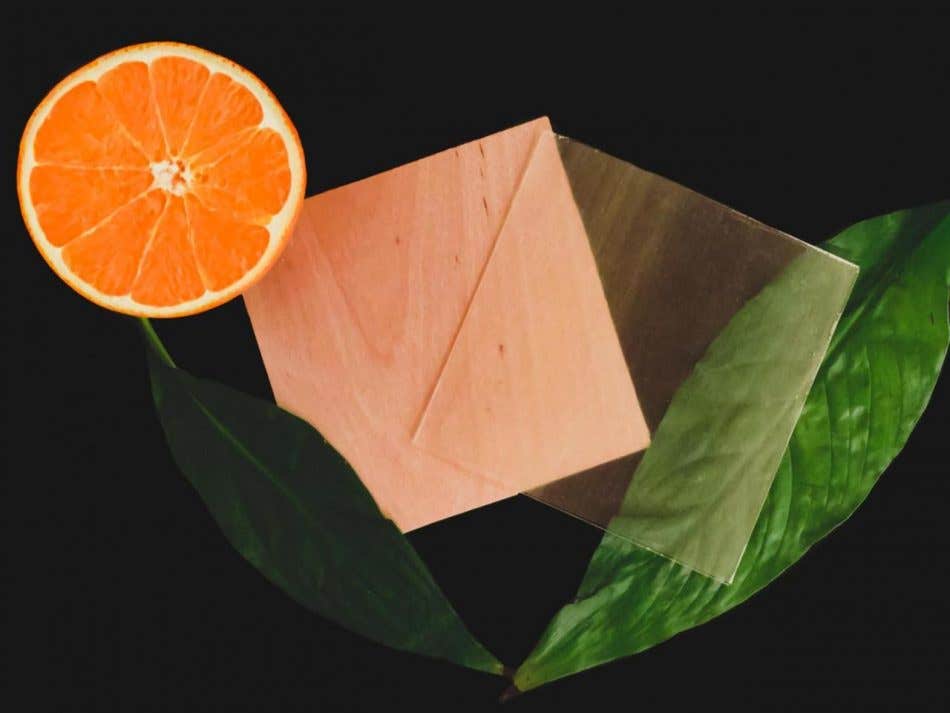Windows made from transparent wood are just around the corner
Scientists have produced a completely renewable version of see-through wood thanks to the addition of a fruit peel extract called limonene.

In a previous story in this series, The Brighter Side of News reported on innovation in the use of wood which has the potential to outperform glass currently used in construction in nearly every way.
A number of research groups around the world are making some interesting discoveries, demonstrating how wood's complex makeup can be altered to give it entirely new properties. This includes removing polymers to make it see through, adding semiconductor nanoparticles that make it glow in response to UV light, and incorporating phase-change polymers that enable it to store and release heat.
For tens of thousands of years, humans have been drawn to wood as a construction material due to its strength, low cost and abundance, and lately we're seeing how transparency could be added to this list of desirable attributes.
Scientists at KTH Royal Institute of Technology have been at the forefront of this type of research, and in 2016 they unveiled their first transparent wood. That version relied on extracting lignin — a natural polymer that gives wood its color and strength — from the material, and filling the empty pores left behind with a synthetic polymer to provide transparency and rigidity.
These same scientists have now produced a completely renewable version of see-through wood thanks to the addition of a fruit peel extract called limonene, which happens to make it more translucent.
“The new limonene acrylate is made from renewable citruses, such as peel waste that can be recycled from the orange juice industry,” said study lead author, Ph.D. student Céline Montanari.
By filling the empty pores in the wood with the limonene-derived monomer, the scientists managed to achieve an impressive optical transmittance of 90 percent at 1.2 mm thick, and an incredibly low haze of 30 percent. The new version also exhibited remarkable rigidity and elasticity properties, which the researchers claim to make, is suitable for heavy-duty, structural uses.
According to the team, the sustainable transparent wood could eventually be used for a variety of purposes, including smart windows, wood with built-in lighting function, and wood for heat storage, which builds on their previous work.
The research was published in the journal Advanced Science.
Note: The article above provided above by The Brighter Side of News.
Like these kind of feel good stories? Get The Brighter Side of News' newsletter.
Joseph Shavit
Head Science News Writer | Communicating Innovation & Discovery
Based in Los Angeles, Joseph Shavit is an accomplished science journalist, head science news writer and co-founder at The Brighter Side of News, where he translates cutting-edge discoveries into compelling stories for a broad audience. With a strong background spanning science, business, product management, media leadership, and entrepreneurship, Joseph brings a unique perspective to science communication. His expertise allows him to uncover the intersection of technological advancements and market potential, shedding light on how groundbreaking research evolves into transformative products and industries.



